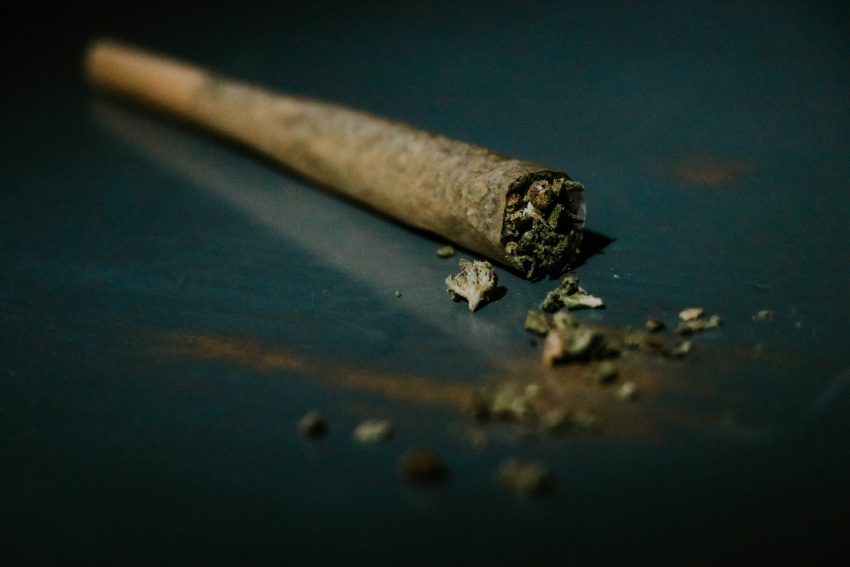By Bob VanSickle
It is not medicine!
How do we perceive medicine? Isn’t medicine administered by doctors? For many
drugs a doctor’s prescription is required. For those over-the-counter medications that
used to be prescriptions, they have stood the test of time and been determined to be
safe enough for people to do their own “prescribing”. When you go to a doctor
appointment, they ask you about those over-the-counter drugs and will advise you on
their use. “Medical” marijuana is not that. A doctor doesn’t prescribe it, in fact a doctor
isn’t involved, other than certifying (if that’s the right word) that a patient “qualifies” for
obtaining a medical marijuana card. The “patient” actually applies for a card. The
medical marijuana law, SD Codified Law 34-20G, contains no standards of dosage for
the various conditions covered thereby. Neither does it address strengths of the various
products of marijuana. Clearly, this is not medicine.
When prescribing a drug, a doctor takes into account the patient’s weight, other drugs
that may interact, and will follow up to determine effect of the prescription and, if the
desired effect is not achieved, may prescribe a different treatment. That never happens
with medical marijuana. The ’patient’ makes all decisions as to dosage and interval of
dose. Assuming that the user is actually wanting to benefit from ‘medicinal’ value of this
drug, he/she probably can find no information from the dispensary about the THC
content of the product consumed, how often to use it, and any potential side effects or
adverse consequences of use. Clearly, “medical marijuana” is really recreational
marijuana with a few restrictions.

